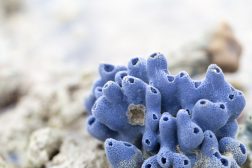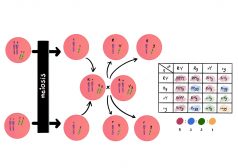Definition
noun
A type of melanin pigment present in parts of the brain, particularly in the neurons of substantia nigra and locus ceruleus
Supplement
Melanin is a term to refer to a group of pigments produced from the oxidation of tyrosine, followed by polymerization. It is produced by and stored in melanocytes or melanophores. The colours may vary and may be used as a basis for classifying melanin. There are three basic types of melanin: (1) eumelanin, (2) pheomelanin, and (3) neuromelanin.
Neuromelanin is a dark pigment that occurs in parts of the brain, particularly in catecholaminergic cells of the substantia nigra pars compacta and locus coeruleus. It renders dark pigmentation to these structures (thus the name).1 Its function is believed to be associated with protecting neurons from iron-induced oxidative stress. Its concentration is proportional to age, which means it accumulates with age.
Neuromelanin is made up of a polymer of 5,6-dihydroxyindole monomers. Similar to eumelanin, it is synthesized directly from L-DOPA through the catalytic activity of tyrosine hydroxylase and aromatic acid decarboxylase.
Word origin: neuro- (“nerve”) + Greek melas (“black, dark”)
See also:
- melanocyte
- melanin
- brain
Reference(s):
1 Fedorow, H., Tribl, F., Halliday, G., Gerlach, M., Riederer, P., and Double, K. L. (2005). “Neuromelanin in human dopamine neurons: Comparison with peripheral melanins and relevance to Parkinson’s disease”. Progress in Neurobiology. 75 (2): 109–24.







